The Symbolism and Significance Behind Sepedi Traditional Wedding Attire
The Symbolism and Significance Behind Sepedi Traditional Wedding Attire
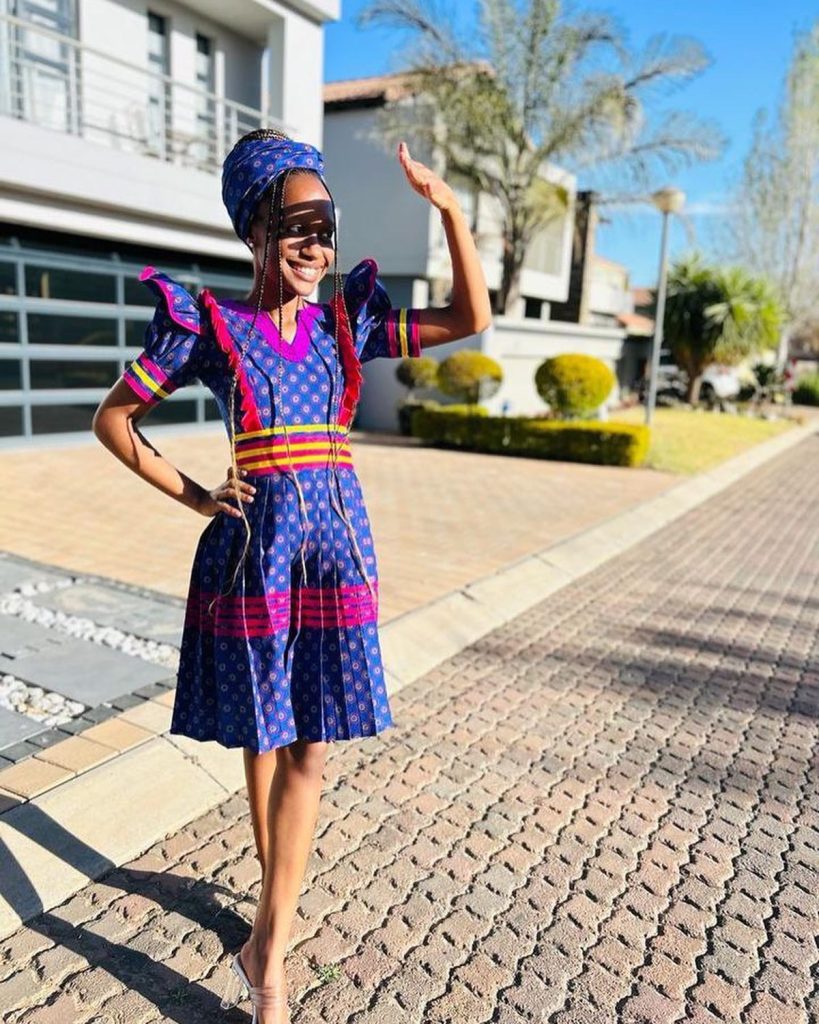
Traditional Sepedi Wedding Attire for the Bride
Description of the traditional attire worn by the bride
The traditional Sepedi wedding attire for the bride is a beautiful and vibrant reflection of the rich culture and heritage of the Sepedi people. The attire consists of various elements that come together to create a stunning ensemble. The bride typically wears a colorful dress called a “thari” or “letoana,” which is made from vibrant fabric adorned with intricate beadwork and embroidery. The dress is often accompanied by a matching headpiece, known as a “dikuku,” which is intricately designed and embellished with beads and feathers. To complete the look, the bride wears accessories such as necklaces, bracelets, and earrings, all crafted with meticulous attention to detail.
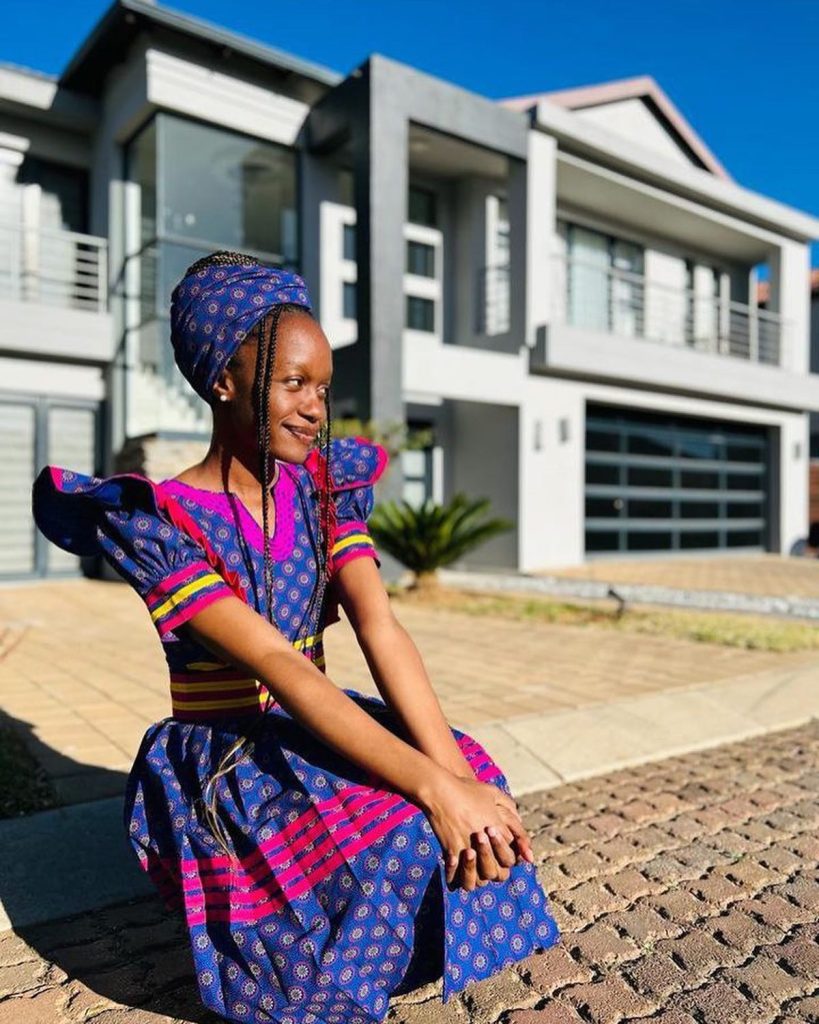
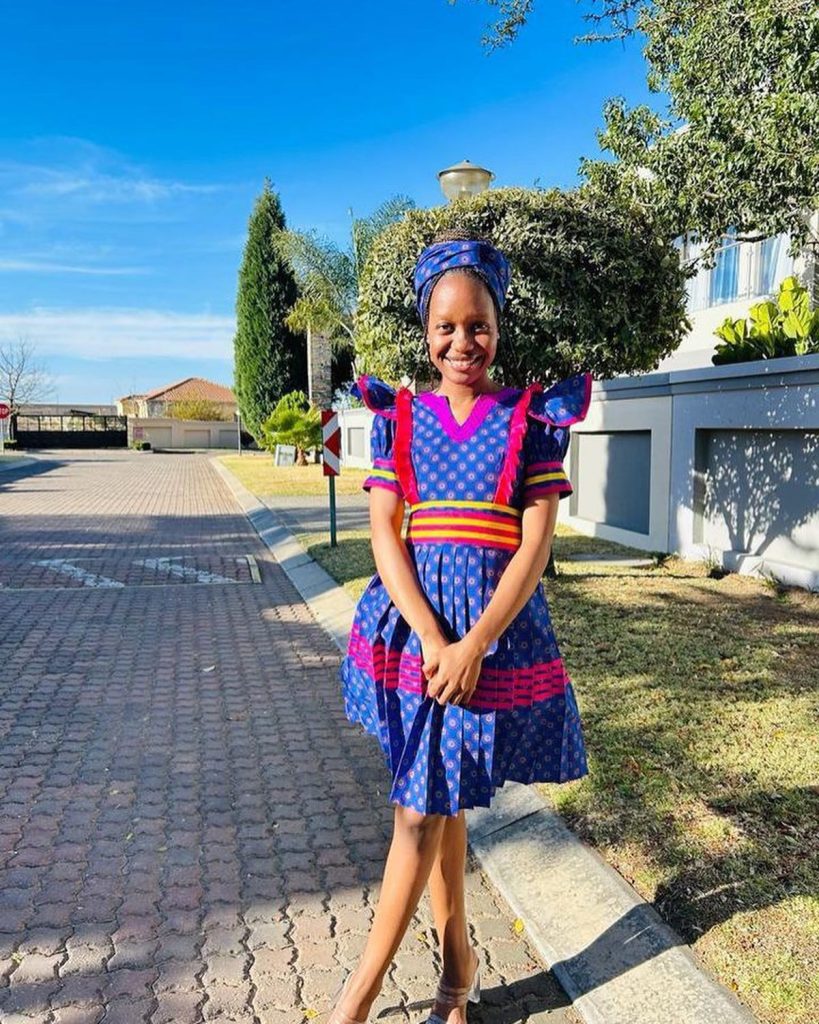
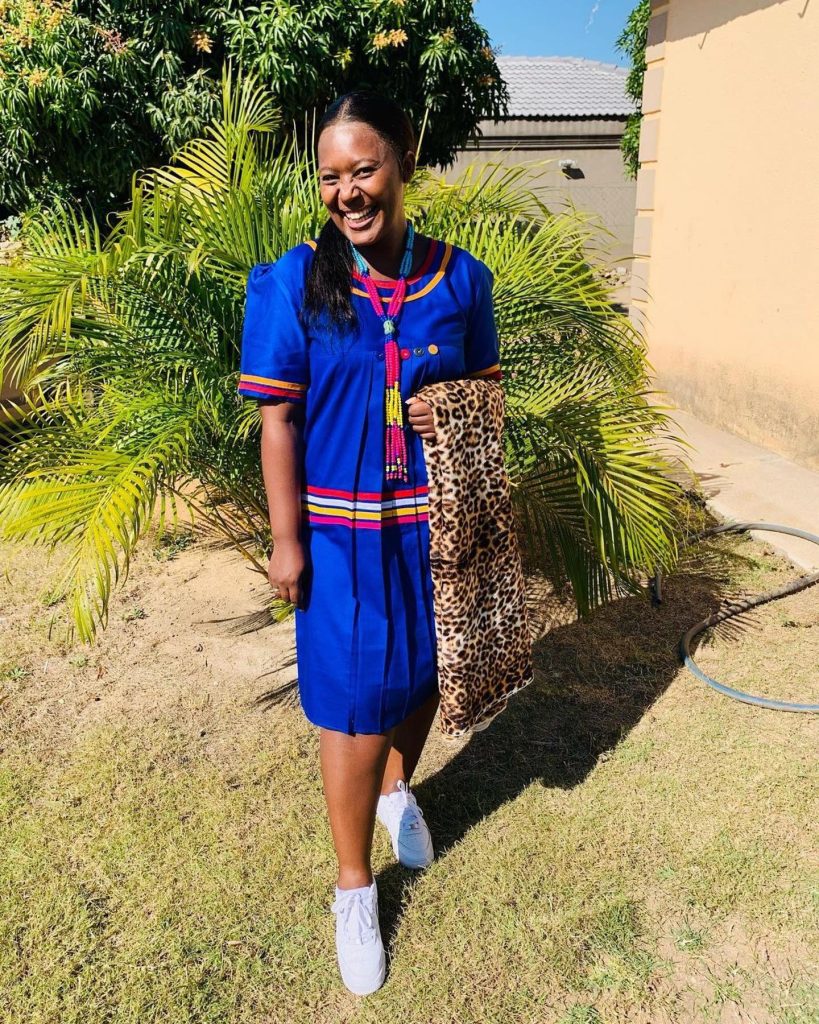
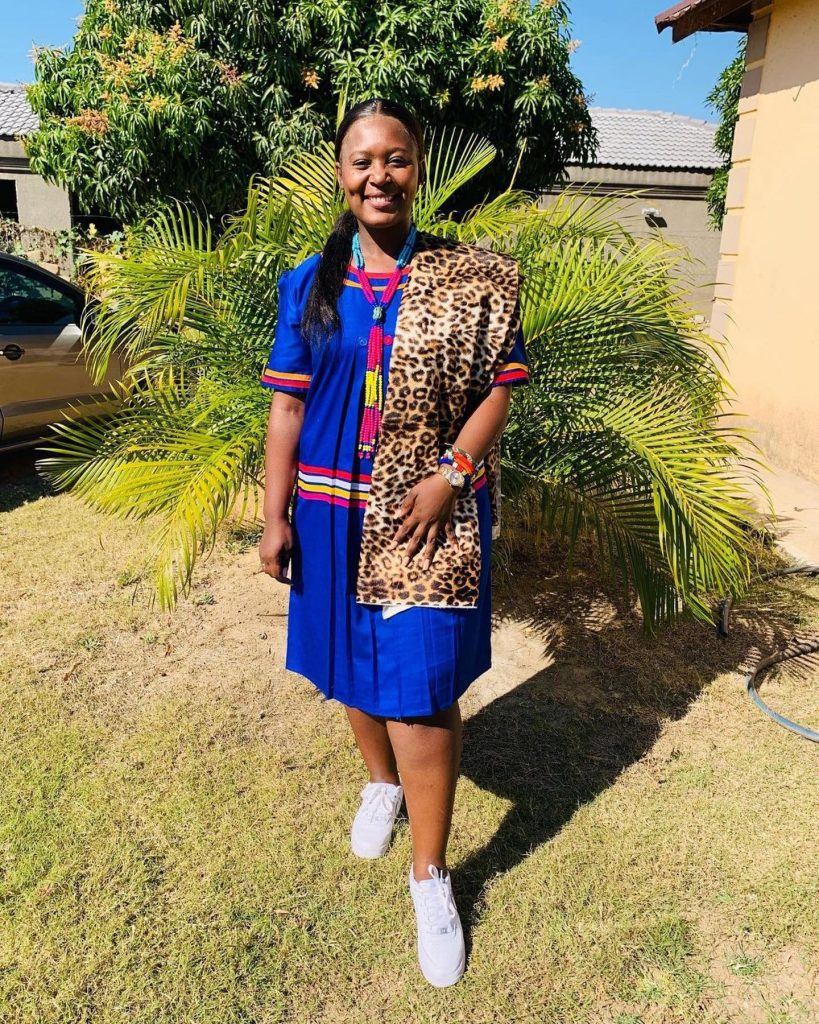
Symbolism behind each element of the attire
Each element of the traditional Sepedi wedding attire holds deep symbolism and significance. The vibrant colors of the dress represent joy, celebration, and prosperity. The intricate beadwork and embroidery symbolize the bride’s cultural heritage and showcase her skills and creativity. The headpiece, adorned with feathers, represents beauty, grace, and spirituality. It is believed to bring good luck and protect the bride from negative energy. The accessories worn by the bride symbolize her status and wealth within the community. They also serve as a way to enhance her beauty and elegance on her special day.
The traditional Sepedi wedding attire for the bride is not only a visual spectacle but also a meaningful representation of culture, tradition, and identity. It showcases the pride and love that the Sepedi people have for their heritage, making it an integral part of their wedding celebrations.
Traditional Sepedi Wedding Attire for the Groom
Description of the traditional attire worn by the groom
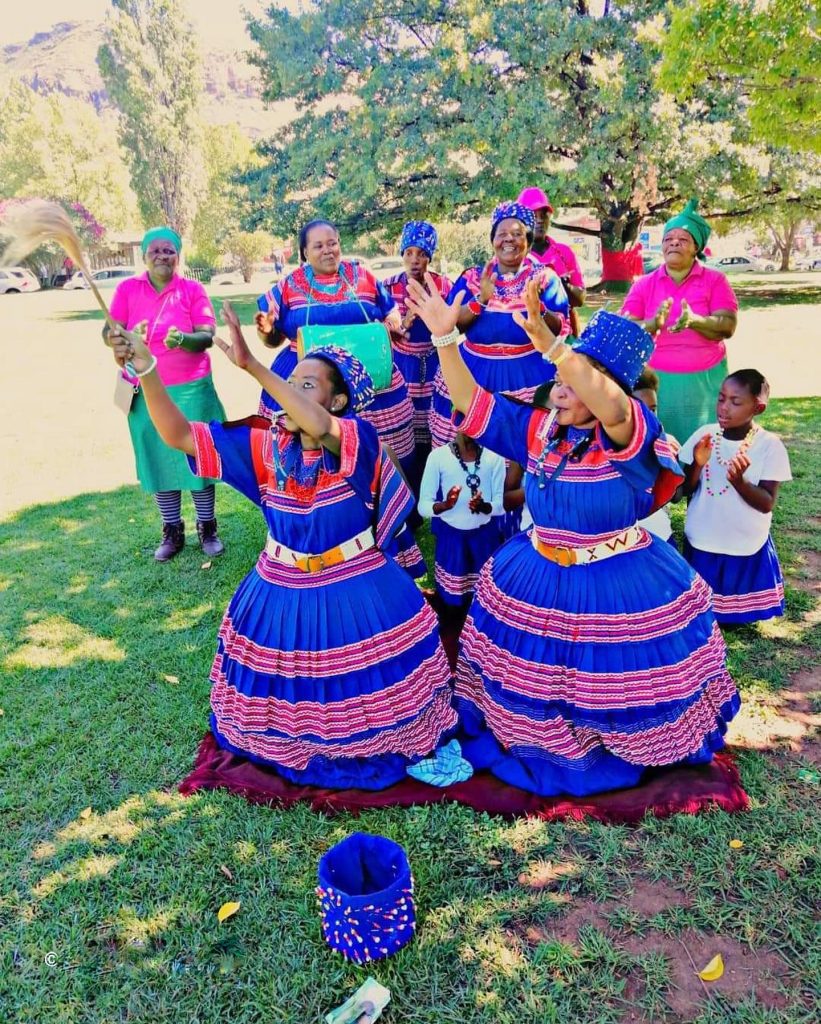
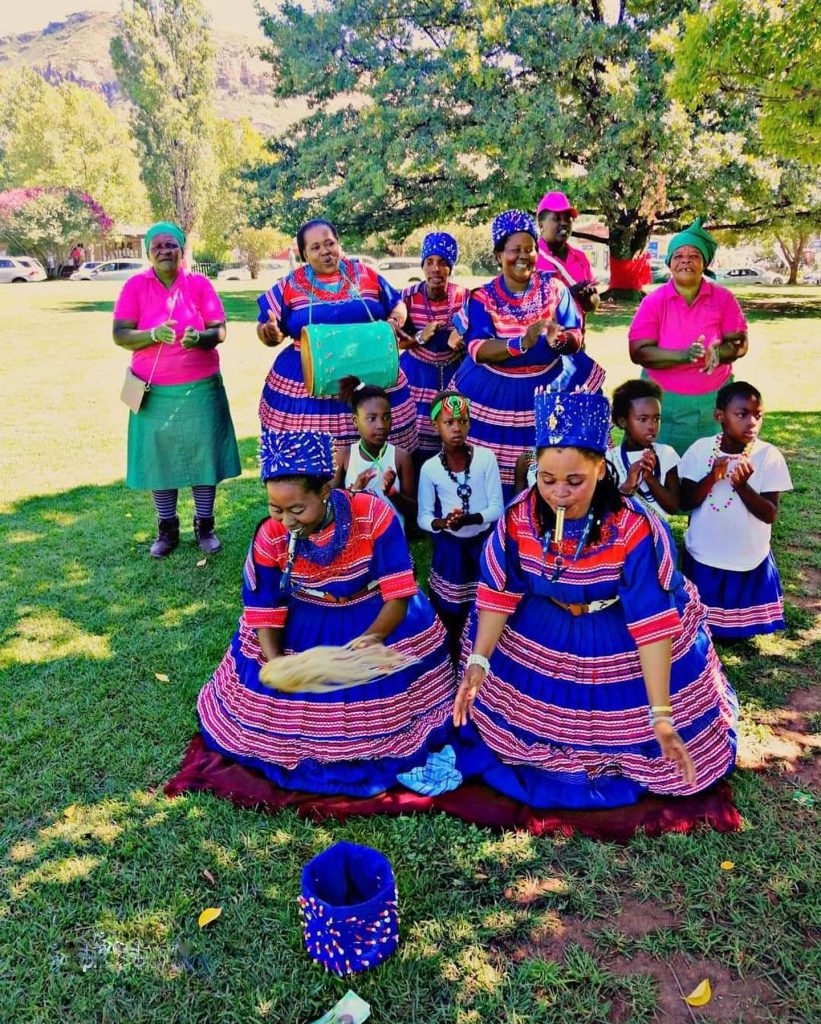
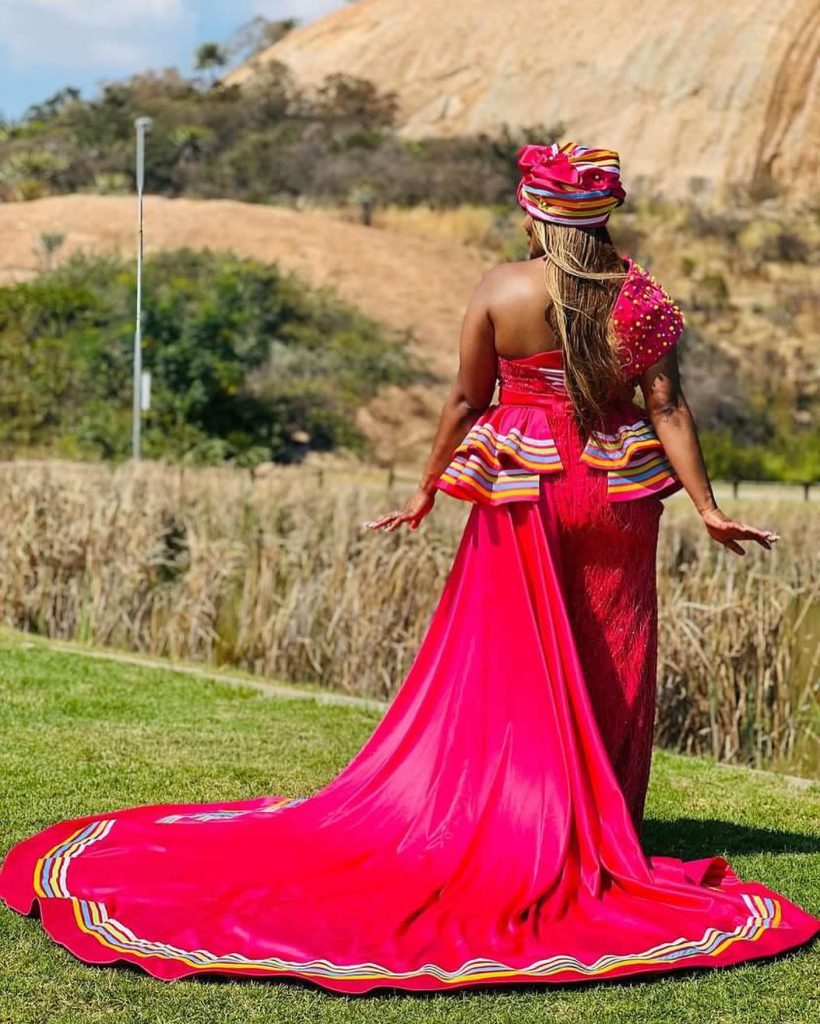
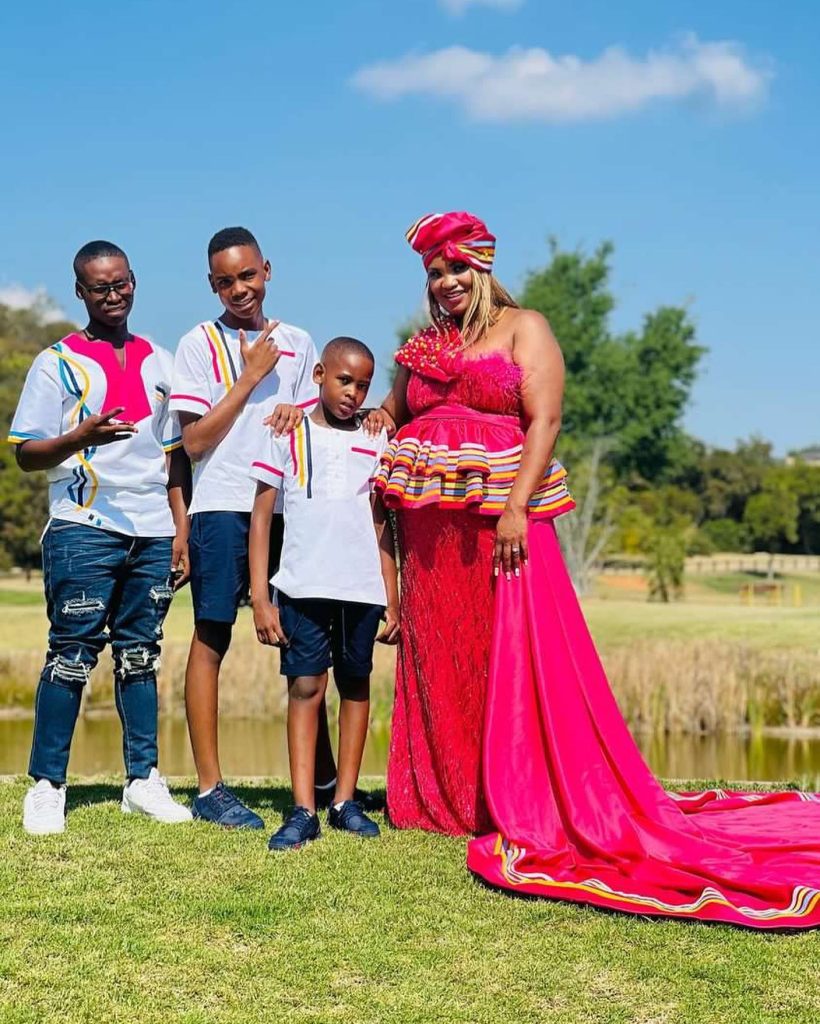
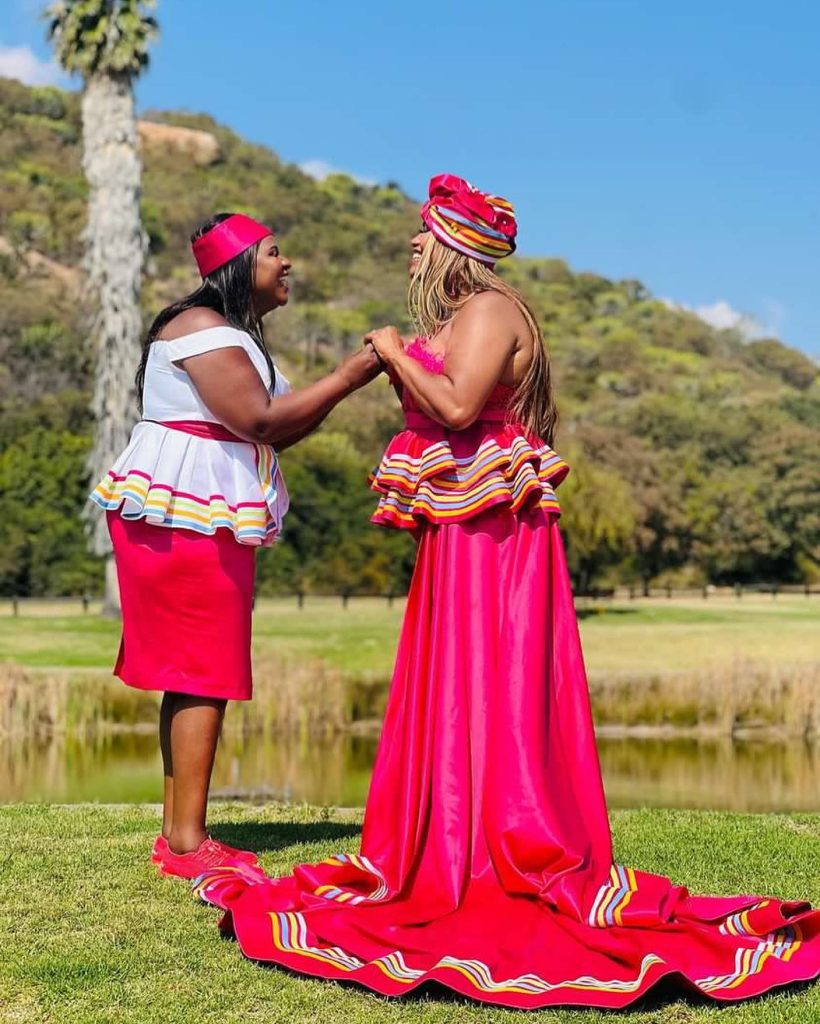
In a traditional Sepedi wedding, the groom wears a unique and culturally significant attire. The traditional outfit consists of a colorful shirt known as a “thobela,” which is often adorned with intricate embroidery and beadwork. The groom pairs this shirt with a matching pair of pants called “mokgotsi.” To complete the look, he wears a stylish hat made from animal skin or fabric, known as “dipudi.”
Symbolism behind each element of the attire
Each element of the groom’s traditional attire holds symbolic meaning:
- Thobela: The vibrant colors and intricate embroidery on the shirt represent joy, celebration, and prosperity. It showcases the groom’s pride in his culture and heritage.
- Mokgotsi: The pants symbolize strength and masculinity. They are often made from animal skin, representing a connection to nature and ancestral spirits.
- Dipudi: The hat signifies wisdom, authority, and protection. It is believed to ward off evil spirits and bring good fortune to the groom during the wedding ceremony.
The traditional Sepedi wedding attire for the groom not only reflects the rich cultural heritage but also serves as a visual representation of the values and beliefs held by the community. It is an important part of preserving and honoring tradition during this special occasion.
Accessories and Jewelry
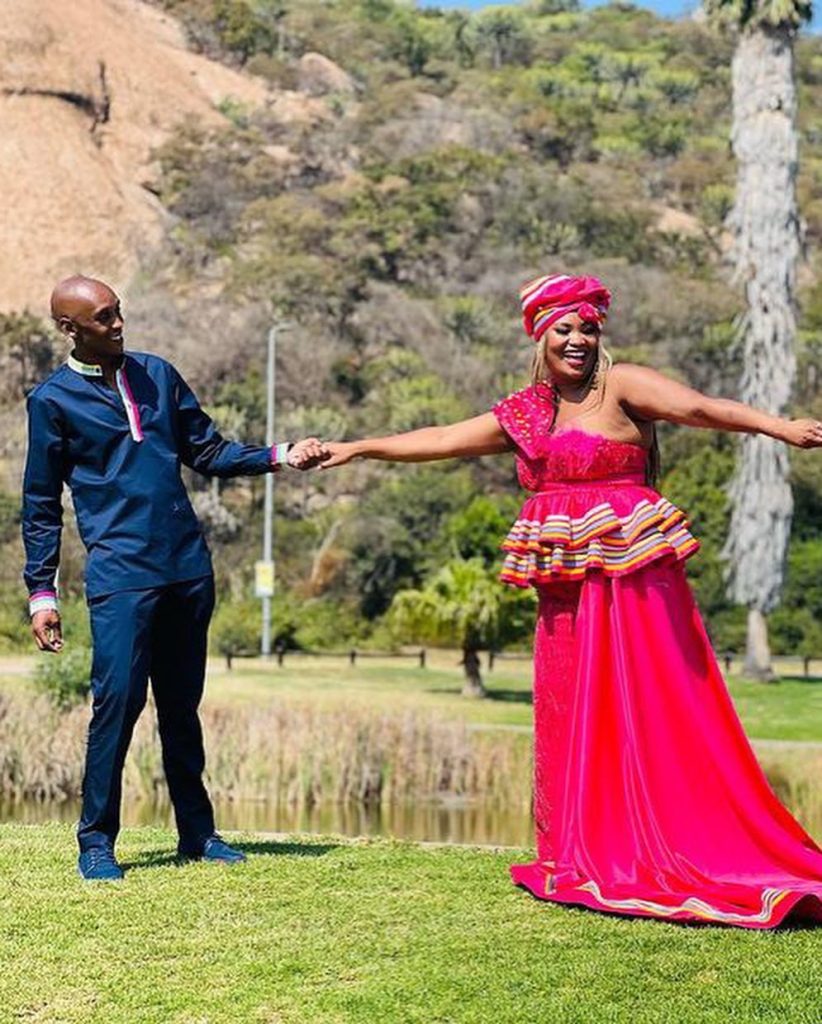
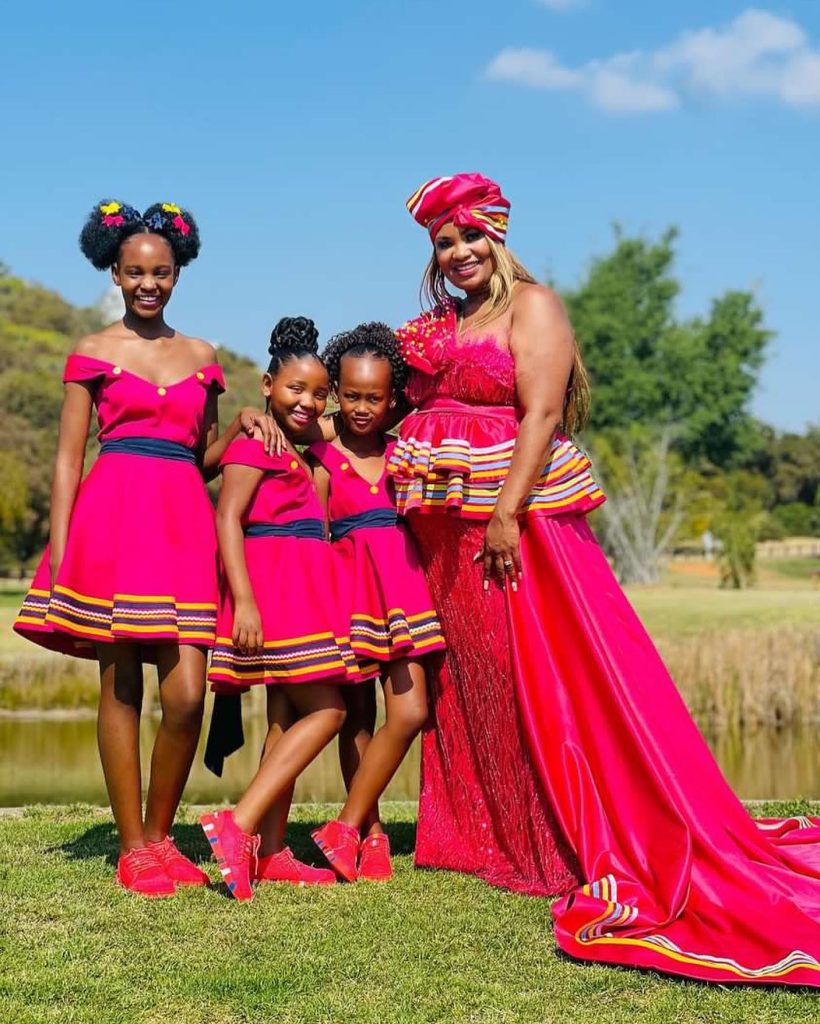
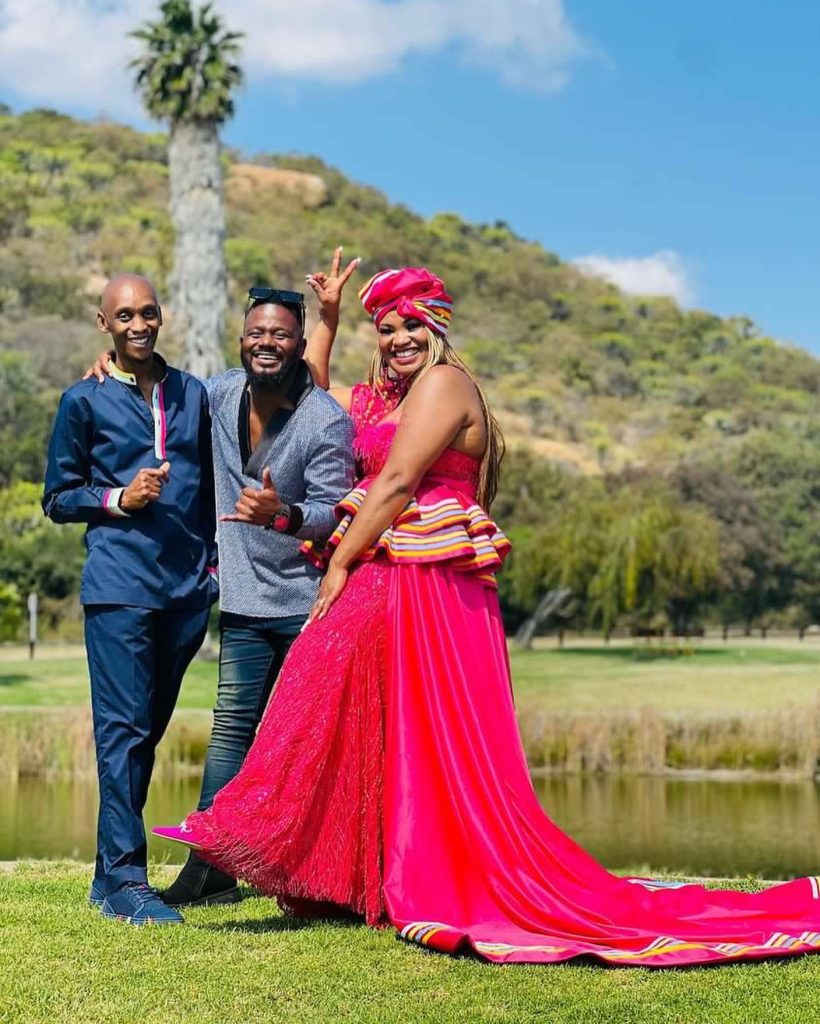
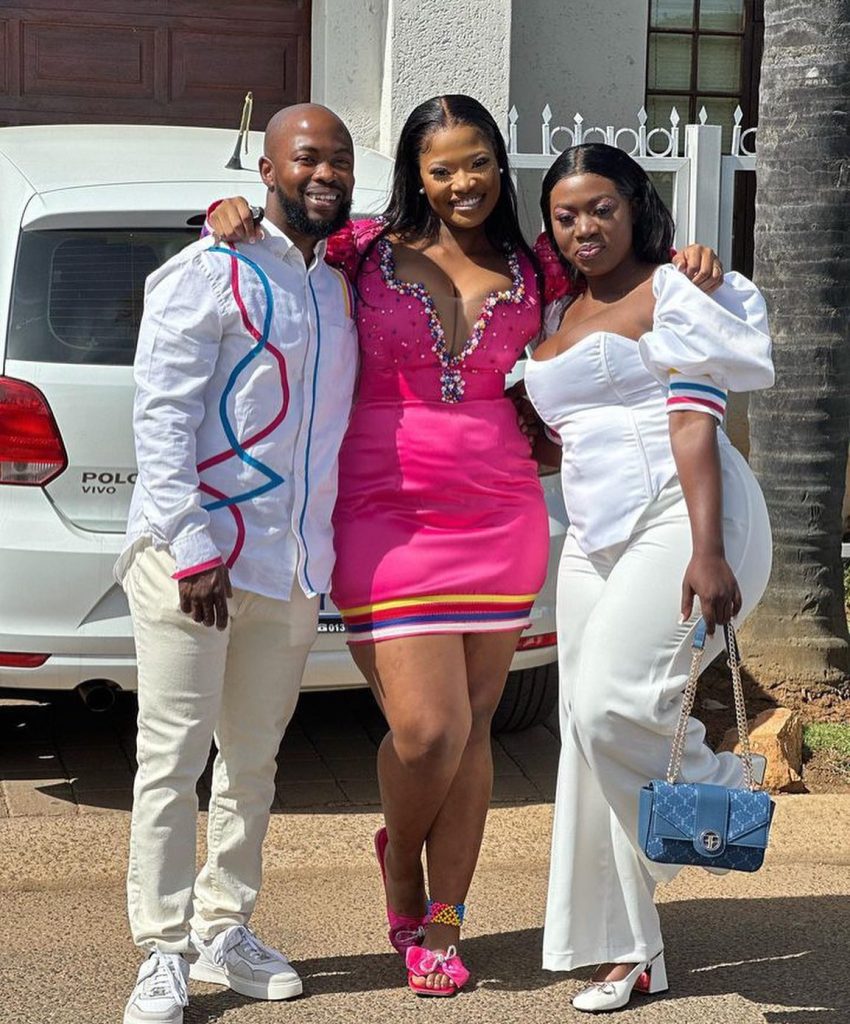
Traditional accessories and jewelry worn by the bride and groom
In a Sepedi traditional wedding, both the bride and groom adorn themselves with beautiful accessories and jewelry that hold deep cultural significance. The bride typically wears a headdress called a “mokorotlo,” which is made from straw or fabric and symbolizes her status as a married woman. She also wears beaded necklaces, bracelets, and anklets, known as “dikgwele,” which are believed to bring good luck and fertility. The groom wears a hat called a “phapo,” which represents his transition into manhood. He also wears beaded necklaces and bracelets, known as “dipala,” which symbolize strength and protection.
Meaning and symbolism behind each piece
Each accessory and piece of jewelry worn in a Sepedi traditional wedding has its own unique meaning and symbolism. The mokorotlo represents the bride’s commitment to her new role as a wife and signifies her readiness to build a family. The dikgwele symbolize the bride’s beauty, femininity, and her ability to bear children. For the groom, the phapo hat represents his authority as the head of the household. The dipala necklaces and bracelets symbolize his strength, protection, and readiness to provide for his new family.
These accessories and jewelry pieces not only enhance the beauty of the bride and groom but also serve as powerful symbols of their cultural heritage, values, and aspirations for their future together. They are cherished traditions that add depth and meaning to the Sepedi traditional wedding ceremony.
Beadwork and Embroidery
Importance of beadwork and embroidery in Sepedi wedding attire
In Sepedi culture, traditional wedding attire holds deep symbolism and significance. One of the key elements that make these outfits truly unique is the intricate beadwork and embroidery that adorns them.
The use of beads and embroidery in Sepedi wedding attire serves multiple purposes. Firstly, it is a way to showcase the craftsmanship and artistic skills of the community. The intricate patterns and designs are meticulously handcrafted, often passed down through generations, making each piece a work of art.
Secondly, beadwork and embroidery carry symbolic meanings. Different colors and patterns can represent various aspects such as marital status, clan affiliation, or even personal stories. These elements help to tell a story and connect the bride and groom to their heritage and ancestors.
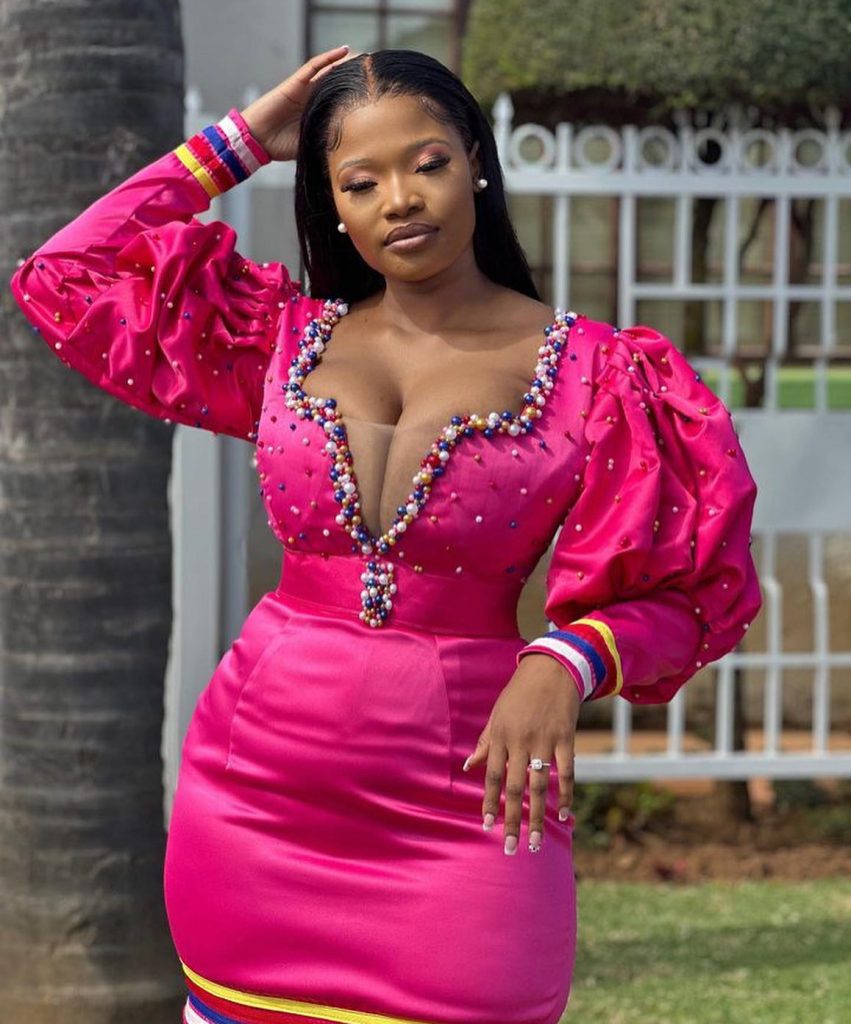
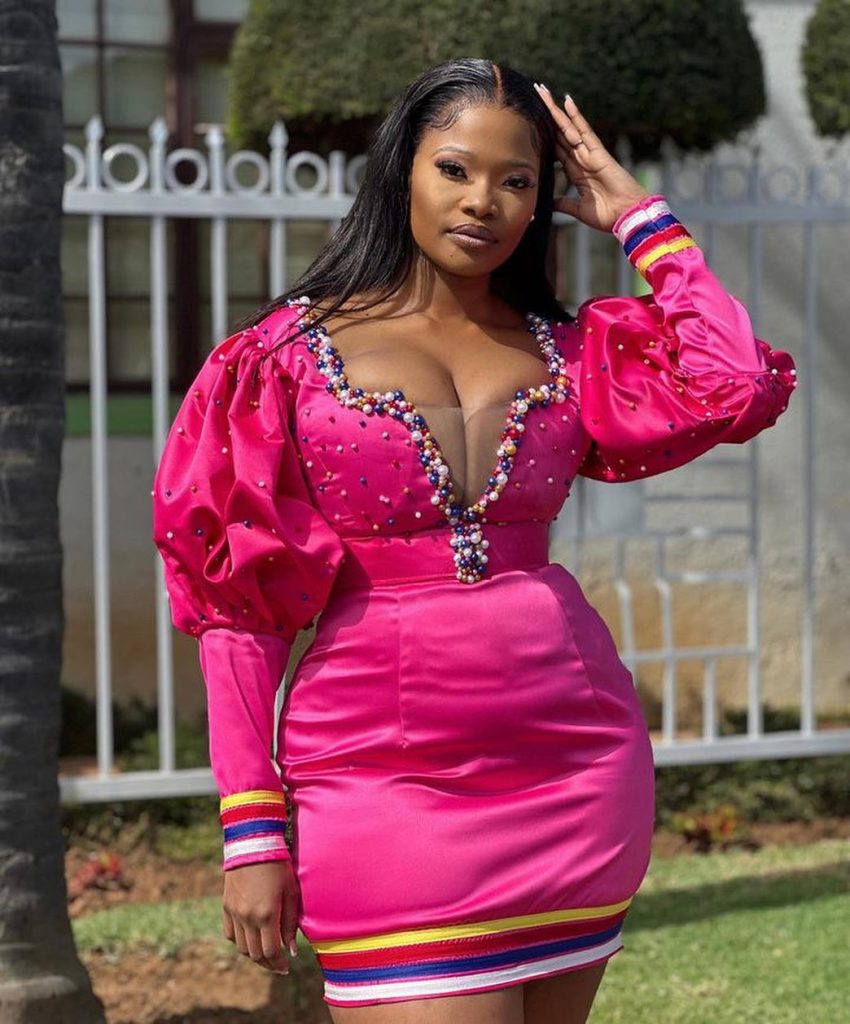
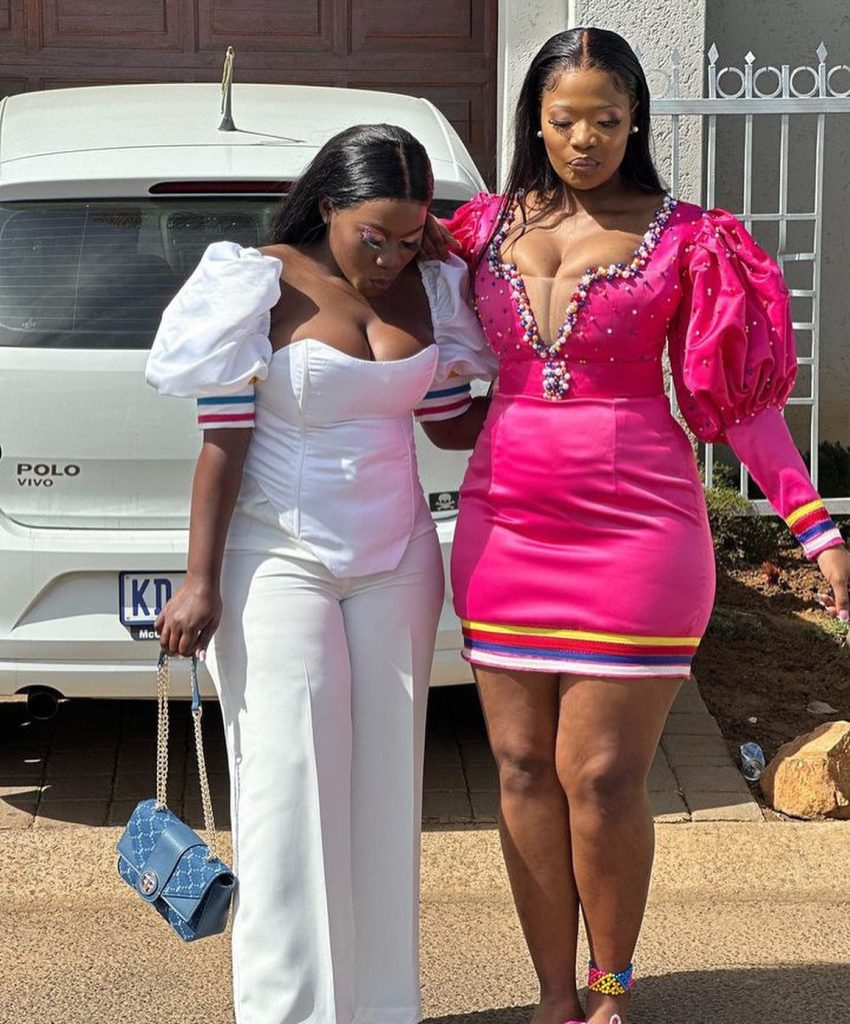
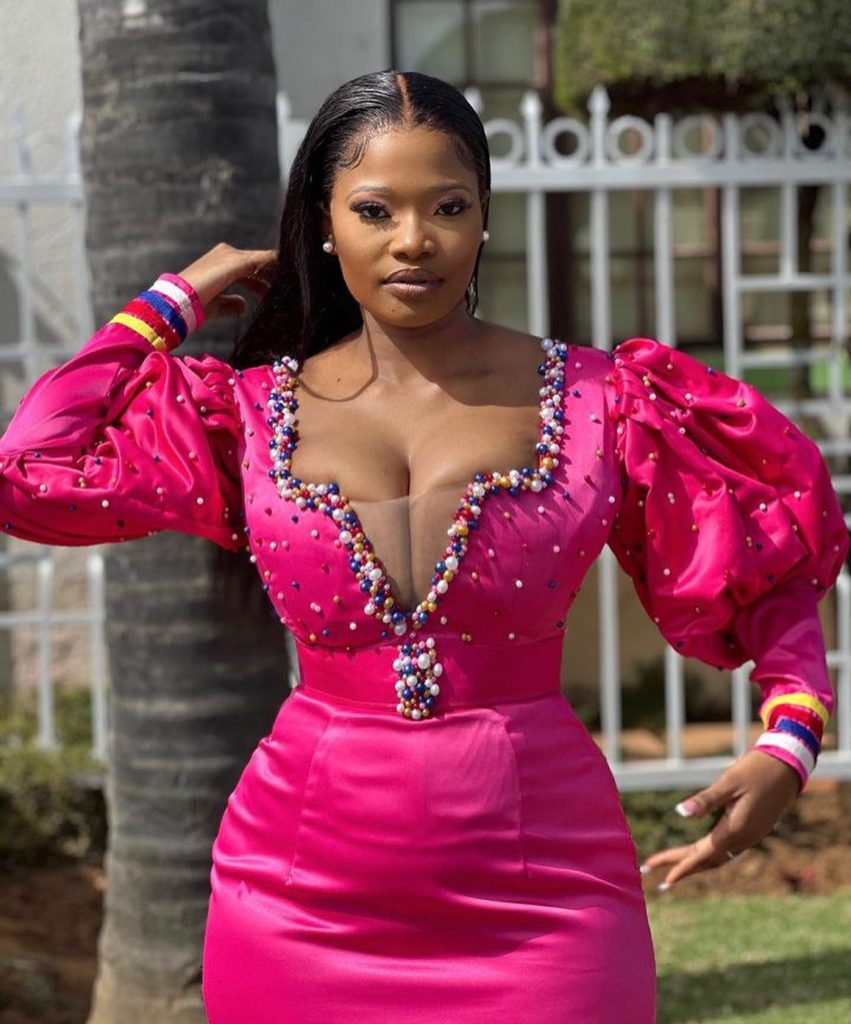
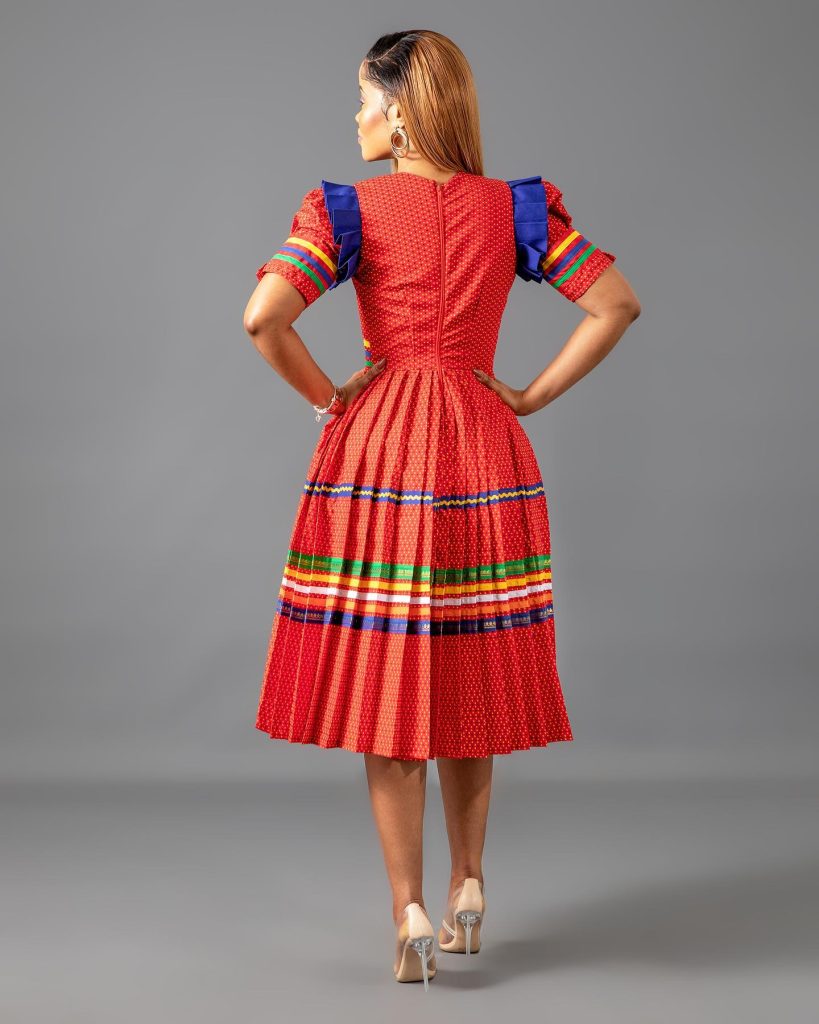
Lastly, beadwork and embroidery add a touch of elegance and beauty to the wedding attire. They enhance the overall aesthetic appeal, making the bride look radiant and regal on her special day.
In conclusion, beadwork and embroidery play a vital role in Sepedi traditional wedding attire. They not only showcase the artistic skills of the community but also carry deep symbolic meanings. These elements contribute to the overall beauty and significance of the bride’s attire, making it a cherished part of Sepedi culture.
